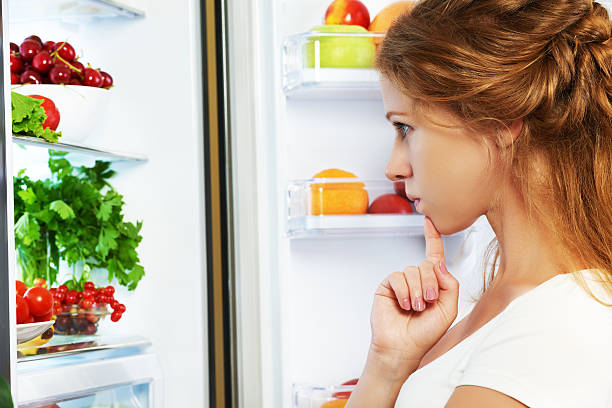
So you are home “quarantined” with a six-month supply of groceries, and your perishables are perishing. What can you do?
Here are some quick tips to help you not waste food during self-isolation:
- Milk that Starts to Sour: Make Cheese!
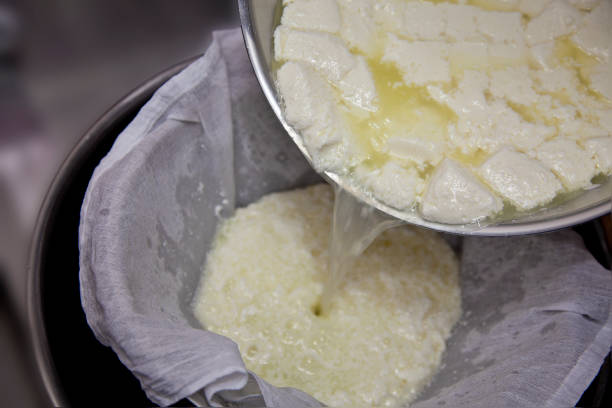
- Pour 1 half-gallon of sour milk into a heavy bottomed saucepan and bring to a boil.
- While the milk comes to a boil, place a cheesecloth-lined colander over a large stockpot or in a clean sink.
- When the milk comes to a boil, reduce the heat to low and stir in 3 tablespoons of vinegar or lemon juice.
- Immediately pull the saucepan from the heat and stir the mixture until the cheese curds and whey begin to separate.
- Pour through cheese cloth or a mesh colander and form into a block.
- Avocados About to Turn: Freeze Them!
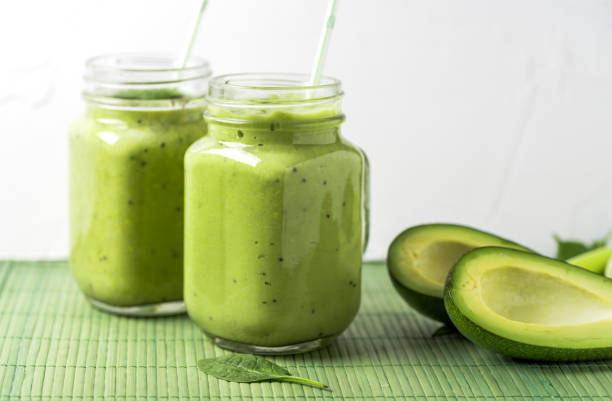
- Take them out of the skin
- Remove the pit
- Freeze them to use later in smoothies.
- If you wish, give yourself an avocado hair or face mask.
- Bananas Turning Brown: Make Bread or Popsicles!
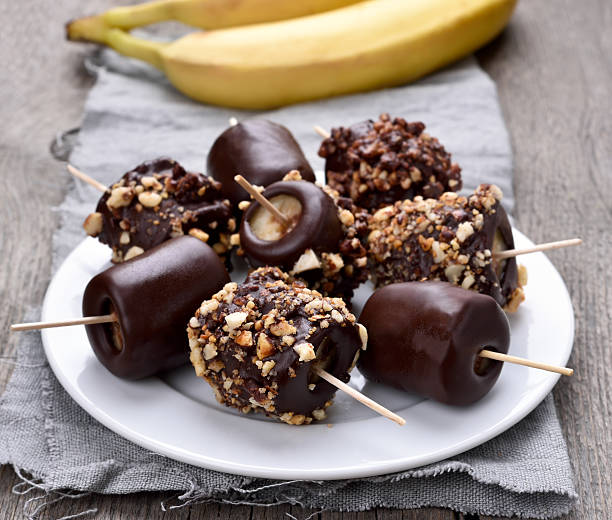
- There are a million banana bread recipes out there, find one that suits your pantry supply best.
- If you do not have the other needed ingredients, make banana popsicles.
- Add a stick to the banana
- Smear with peanut butter and roll it in granola OR dip it in chocolate
- Freeze them in a plastic bag.
- Apples Getting Brown and Mushy: Make Apple Cider Vinegar!

- Fill a glass jar ¾ of the way with apple peels and cores.
- Stir the sugar into the water until it’s mostly dissolved (1 teaspoon for each 1 cup of water).
- Pour it over the apple scraps until they are completely covered. (Leave a few inches of room at the top of the jar).
- Cover loosely (a coffee filter or fabric scrap secured with a rubber band will do)
- Set it in a warm, dark place for around two weeks.
- Every few days, remove the layer that develops on top and stir the rest around.
- At the end of the two weeks, strain out the liquid, and it is ready to use.
- Fresh Herbs Starting to Wilt: Freeze Them for Soups or Sauces!
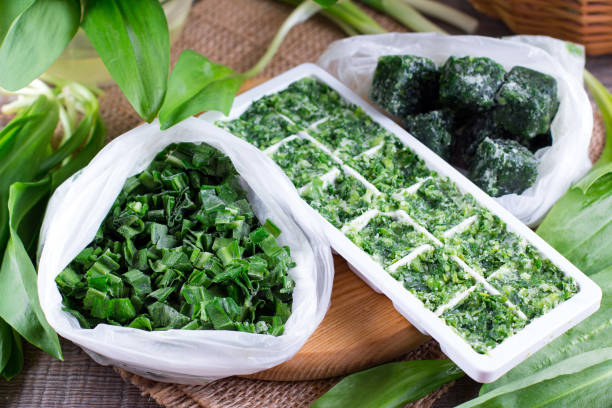
- Remove the rotten parts
- Chop the fresh parts and place in ice cube trays
- Add water, and freeze.
- Spinach, Kale, Arugula About to Spoil: Make Pesto!
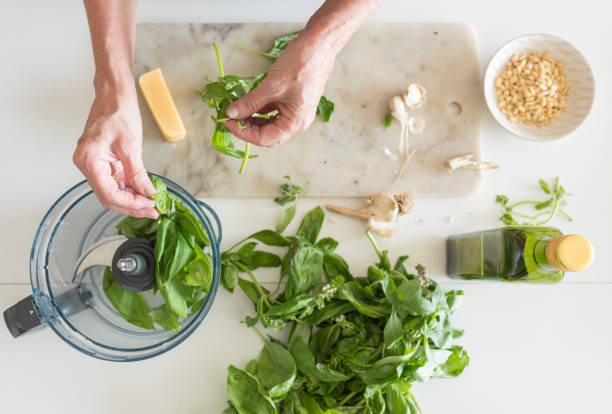
- Add greens, garlic, salt, pepper and nuts (if you have those) to a food processor with olive oil.
- Blend until pasty and yummy.
- Fresh Vegetables About to Go South: Make a Soup Stock!
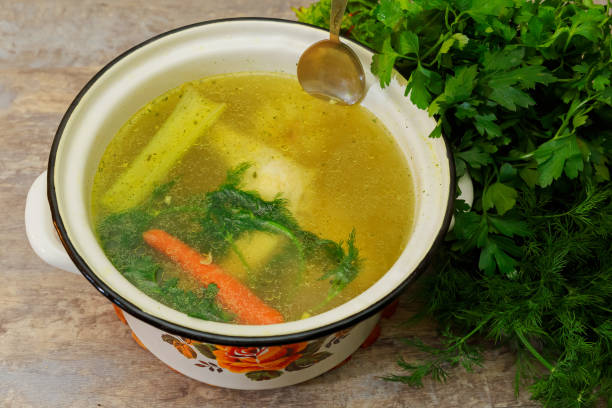
- Save the peels, ends, and stalks from your vegetables, as well as any softening, wilting or soon to decay produce.
- Add the them to a soup pot and fill it with water
- Combine a bay leaf with seasonings and cook at low heat for a few hours
- Strain the liquid, discard the vegetable, and save in a glass jar for quick use or freeze for later use.
- Bread Gone Stale: Make Breadcrumbs!
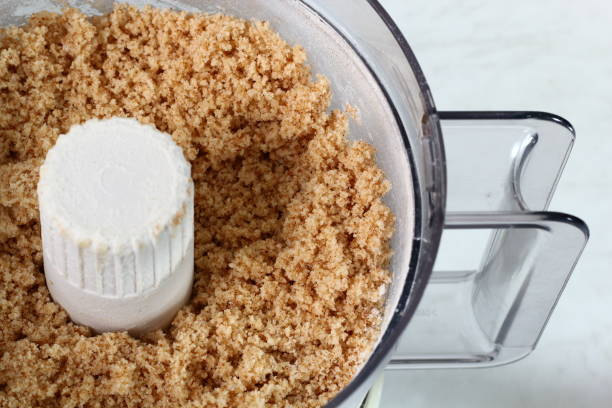
- Run stale bread through a food processor and turn it into breadcrumbs.
- Add dried herbs like oregano, pepper, basil to add flavor.
- Put it in an airtight container and save it for later.
- Sprouting Potatoes, Ginger, and/or Garlic Bulbs: Plant Them to Grow Your Own Supply!
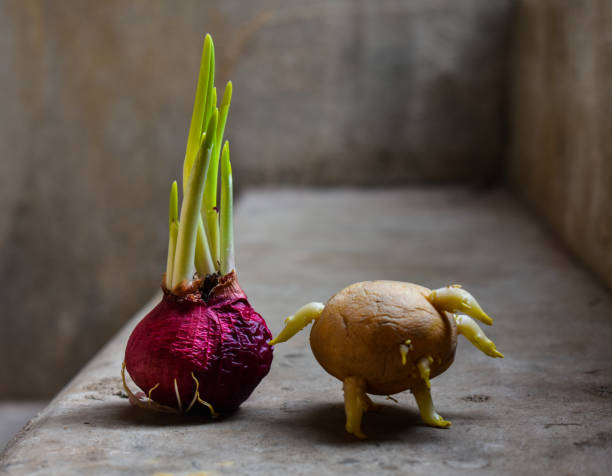
- Plant bulbs in a pot filled with soil.
- You can make a beautiful decorative vine with potatoes that have sprouted.
- Grow garlic and ginger by putting them in soil, growth side up.
- Not Sure if the Eggs are Still Good: Test Them, Then Brine Them!

- Try the float test by placing them in a bowl of water. If they float, they’ve gone bad; if they sink, they’re still good.
- If you don’t have any immediate plans to use them, just hard-boil them, peel, and pickle them in a jar with a brine made of water, vinegar, sugar, and salt.
Remember, most things can be frozen. Do not wait for them to spoil. If you are not going to use something soon, divide it into meal size portions before freezing. Note: Once you defrost it, use it, don’t refreeze it, again.
If you need more information about safety and food storage, please check out this USDA web page.

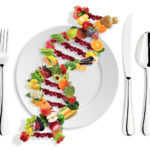
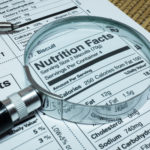

Join the Conversation